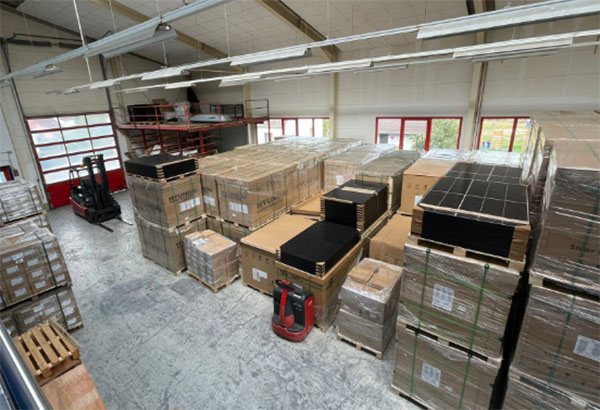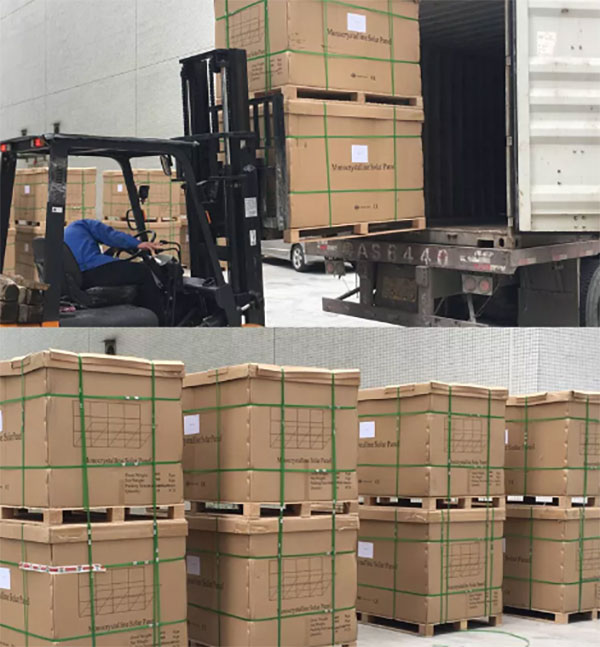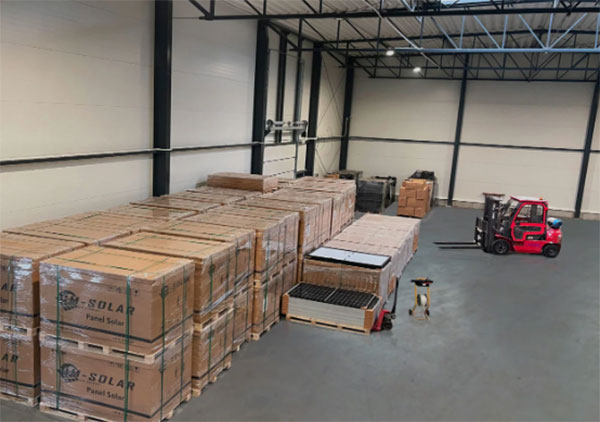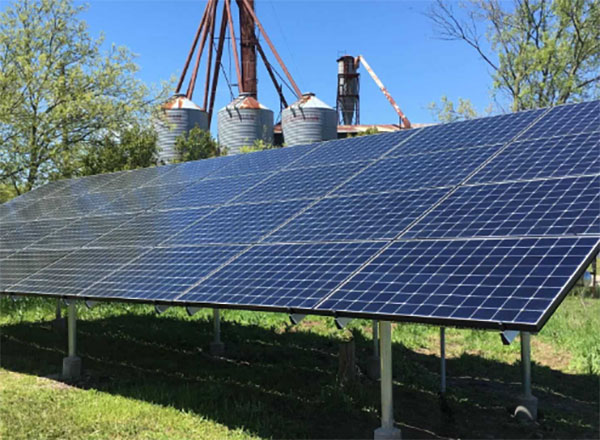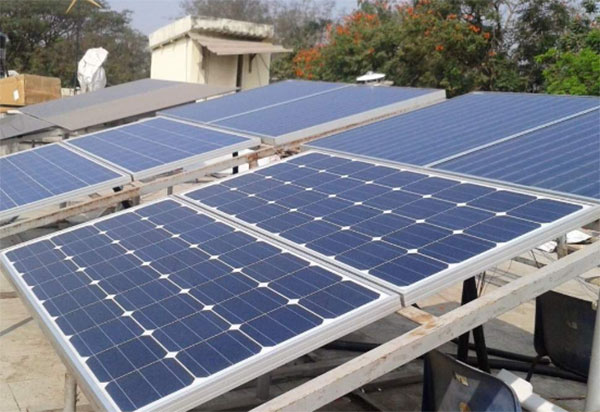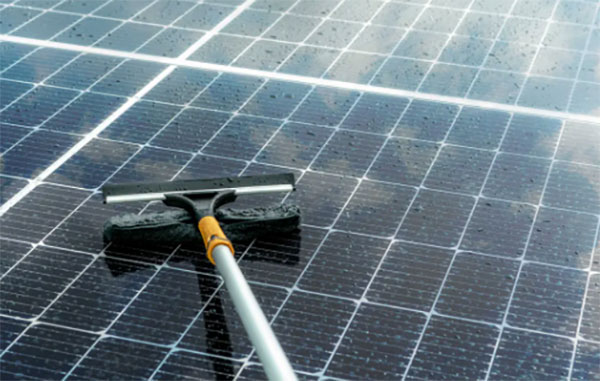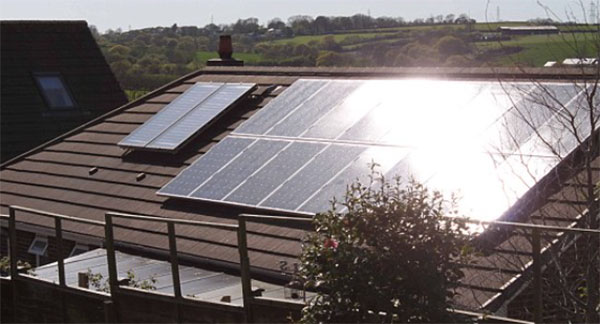Description
Solar panels, unused and stored appropriately, will remain functional for over 40 years— specifications may be affected if otherwise.Maintaining solar panels at peak efficiency
Regular maintenance checks are essential to keep solar panels operating at peak efficiency. According to a study conducted by the National Renewable Energy Laboratory , solar panels can lose up to 0.5% of their maximum efficiency each year they are not regularly maintained.
Therefore, it is recommended for technicians to inspect solar arrays at least twice a year, checking for suboptimal performance of their inverters , which should have an efficiency rate of 95% or higher, as well as their electrical connections. The average bi-annual cost of maintenance for a residential solar system amounts to ranges from $300 to $700.
Preventing dirt from obstructing the sun’s rays
In addition to maintaining an aesthetic appearance, the importance of cleanliness in preserving solar panel efficiency cannot be overstated. Studies show a 20% reduction in energy output for units covered in dust, pollen, or bird excrement residue . In waste-dense regions, such as certain parts of Arizona and California, the impact on a dirty solar panel is even more extreme.
Hiring professionals to clean solar panels is an affordable luxury for homeowners, who can expect to spend up to $3-10 per panel.
Effects of high temperatures and humidity on solar panels
High temperatures, humidity or salt mist are dependable climate stressors that may cause significant degradation of solar panels. For instance, the long-term capacity of aluminum frames to withstand salt mist corrosion in coastal areas may be significantly affected, thus reducing the entire panel operational period to as low as 15-20 years instead of 25-30 years.
In regions with intense heat, having solar panels with a high coefficient of temperature will, therefore, ensure that they last longer in maximum efficiency. Although the specialized models often have an additional cost, which ranges from 5% to 10%, the longer life span justifies the increased cost.
Futureproofing: Solar Panel Warranties Explained
Standard Warranty Coverage
The warranty coverage of a standard solar panel will sell itself along two dimensions: a product warranty and some form of a performance guarantee. A product warranty for a solar module will last 10 to 12 years and will cover the manufacturing defects or any defective material used in the solar product.
If the panel fails due to a manufacturing error or the material used, the manufacturer is then obliged to repair, or replace, the panel free of charge to the homeowner. However, it is important to mention that a product warranty is not always a full-proof warranty, thus not always covered.
A conditional production guarantee focuses on the solar panel’s production effectiveness. With the no less than 80% average output after 25 years warranty, relying on the standard LEED performance, this will allow one to calculate the return’s investment in the long run as it accounts for the minimum production output for its establishment.
Conditional Production Guarantees
Focused on providing specific information and conditions, conditional production guarantees will result with different forms or guarantees depending on the manufacturer. Often enough, the manufacturer might void the guarantee if the produced electricity produced is limited to the capacity of the solar panels and if they were installed and maintained according to what the manufacturer’s specifications demanded.
However, it is important to compare the acquired installation to the ones from the manufacturer, not only to ensure compliance, but to confirm performance as well. Typically, using different set of panels or inverter than those originally intended will also void warranty, not needed in the prognosis, but inherent for the conditional guarantees.
Ways for a manufacturer to void warranty are numerous, from panels not generating a certain percentage threshold of electricity or if the solar panels were removed and installed in different location. Often enough, consumers might not have any other choice than to buy new panels for their arrays as they cannot take advantage of the warranty, leaving them with a loss of potential credit from the vendor.
Economics of Solar Panels
Payback Time and Energy Bill Reduction
The payback time for solar panel instalments may vary significantly depending on the location, energy consumption, and price of electricity provided by the local utility. However, in general, a homeowner can benefit after between 6 and 10 years of initial investment coverage .
Afterwards, the solar panels will continue to produce almost free electricity, effectively reducing energy bill costs. Although the specific amounts saved depend on the electricity rates, clients living in areas with high energy costs may save about $1,500 on average . The gain in monetary terms positively influences the homeowners who invested in the solar panels; furthermore, an overall decrease in the use of fossil fuels contributes to the entire society.
Solar Panel Cost vs. Lifetime Savings
The initial cost of the solar panel installation can range from $15,000 to $25,000; on average, the cost for an average size installation suitable for most single-family households is about $18,000.
Even though it is a significant sum of money, the overall lifetime savings justify the initial cost, as, over the period of 25-30 years that the clients may expect to use their solar panels, the cost of electricity can save $30,000 to $70,000 . Furthermore, the value of the house will also increase with the installation of the solar panels by about 4.1% , which for the median-valued house in the United States results in the addition of $9,274 in value.
Inverters and Batteries: Additional Costs
The costs related to the solar panel installation do not stop at the actual price of the panels. While panels are the most visibly recognized part of the installation, inverters are required to convert the direct current produced by solar panels into alternating current used in homes. On average, they will need to be replaced at least once in the lifetime of the system, adding about another $1,000-2,000 to the total cost.
Batteries, which enable the storage of energy generated during sunny hours and its use during the rest of the time, can add another $5,000 to $7,000 to the price of the initial investment, constituting a simple backup system .
Nevertheless, the benefits of battery use are admirable; in particular, homeowners will be able to partially detach from the grid during peak hours, using their stored electricity, and be able to use electricity during power outages.
Getting Ready for an Inevitable: Replacement
How to Know Your Solar Panels Need Replacing
Knowing when is the right time to replace solar panels happens by observing powerful signals that the system’s performance has been compromised or that it fails. Perhaps, one of the most telling signals is a substantial decrease in power generation. This signal can be most clearly read by your energy bills or solar monitoring system.
For example, if a solar panel system was generating 10 kWh per day initially, but the following month’s bills or readings show it as producing 7 kWh without any obvious decreases in sunlight, the signal tells you the system may require repair or replacement. Another obvious sign is the physical decay of solar panels, such as discoloration, delamination, and cracking, because the panels will be unable to perform their functions at all or only do so inefficiently, and the damage is not repairable.
System Components with Shorter Lifespan
While solar panels normally last from 25 to 30 years, the other two system components most critical for the actual solar power creation do not last as long and often need to be replaced before the solar panels. Solar inverter replacements that cost $1,000 to $2,000 are usually done every 10 to 15 years and are critical for the system’s function because they are responsible for converting solar power into energy you can use.
Moreover, batteries used for the storage of solar energy are also unlikely to last as long, from 5 to 15 years, depending on the battery and its use . Still, battery replacements can cost considerably, with a lithium-ion battery for power storage costing about $13,000.
Right Time for Upgrading
Upgrading to a new solar energy system only makes sense when your system is getting too old, solar energy technology has evolved, and your energy needs have changed enough to consider investing additional money into the existing system.
New panels generate more power in less space, meaning even if you spare little roof space space, they can generate more power from available space.
Besides, new solar panels with recent advances can be more efficient, up to 22'% ; however, your old panels may hardly meet the 15% efficiency rates from 2004. Finally, upgrading is also convenient when you need to replace one or a few other critical system components, such as inverters or batteries, because you will get the best return on the solar system’s investment.
End-of-life Management of Solar Panels
Recycling Challenges and Solutions
The recycling of solar panels is challenging because of the complexity of their construction and the variety of materials used. A solar panel consists of glass on its front, metal framing, silicon solar cells, and wiring in addition to small amounts of precious elements like silver or copper .
The primary challenge is the cost of recycling, which might outweigh the cost of landfill disposal and render recycling unviable.
However, solutions have been emerging as technology progresses: special recycling plants have been able to recover up to 95% of silicon and glass from the panels, and the efforts to recover precious metals keep improving, making the process, while still expensive, more financially viable . Estimates suggest, however, that recycling a single panel might cost between $20 and $30, which is higher than $1 to $2, the current cost of landfill disposal
Current Infrastructure and Improvements
At present, the infrastructure for recycling solar panels is minimal but is likely to improve in the future. Ancient data suggests that there are a few dedicated solar panel recycling plants in the world, with the primary percentage of those being located in Europe .
However, the situation is improving thanks to the regulatory action: the European Union’s Waste Electrical and Electronic Equipment (WEEE) Directive includes solar panels and requires to collect and recycle them, too . Such pressure spurs the development of better recycling technology for panels as well as wider recycling capacity . The United States, too, is taking action, with the Solar Energy Industries Association launching a national recycling program partnering with recycling companies to recycle solar panel waste .
Regulations Shaping Solar Panel Disposal
European regulation ensures that the disposal of solar panels is sustainable. Specifically, the WEEE Directive requires the member states to collect and process at least 85% of waste electrical and electronic equipment and obliges producers of said equipment to pay for the costs of collection, treatment, and recycling .
The United States has no federal regulation regarding solar panel disposal and recycling, and the states must individually develop regulations and programs. California, for instance, includes in solar panels in the category of hazardous waste, simplifying their collection and handling .
It is vital for the solar energy industry that the framework of regulation is put in place to ensure that it remains sustainable and that end-of-life panels do not become a long-term hazard for the environment.

